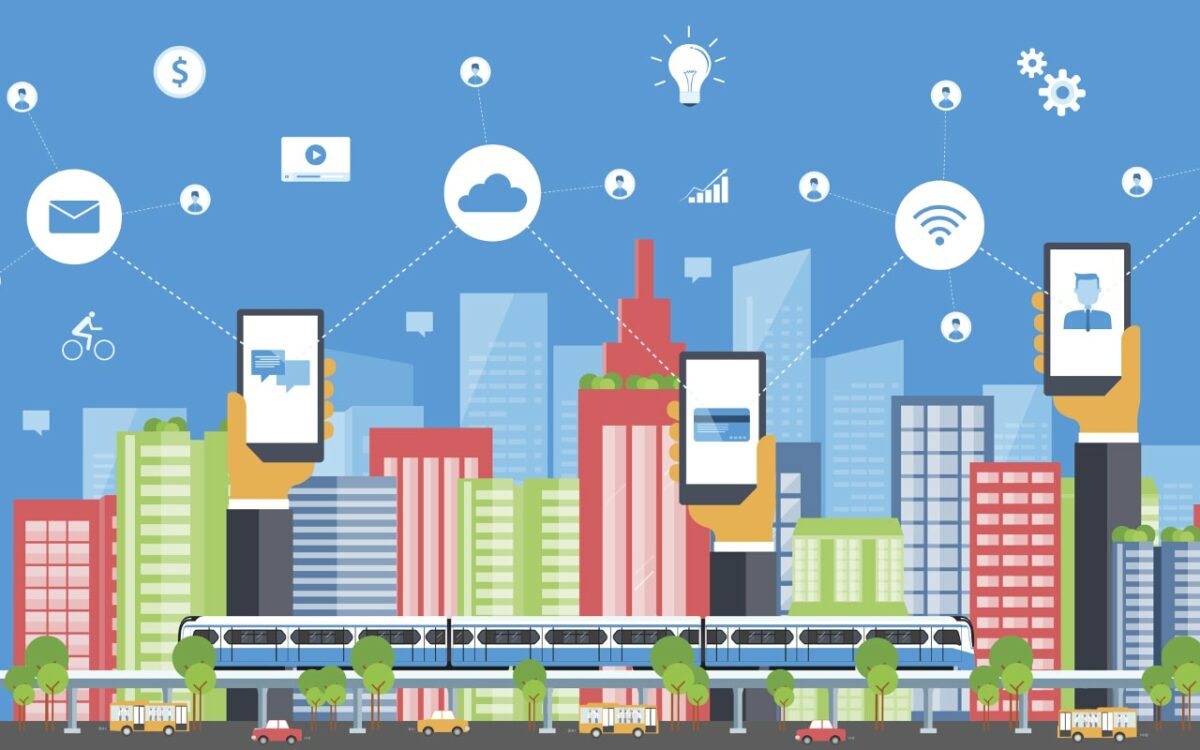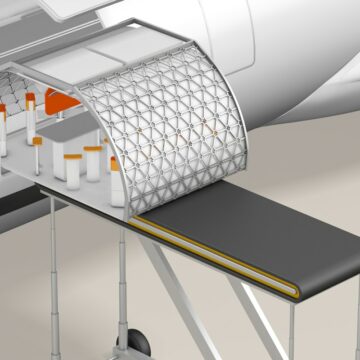When we think about the future cities something like this comes to our mind: a woman drives to work, steps in to the building and her electric car then drives itself off to park and recharge. Or a man gets a heart-attack and the emergency center sends a drone equipped with a defibrillator to arrive crucial minutes before an ambulance. Among the drones there will be cars, bikes and trains flying around. This all might seem slightly far-fetched, but could be ordinary in the next 10 years.
The word smart has many meanings. In what way is a smart city smart – and from who’s point of view? What role will the citizen play? How can they be engaged to function in a smart city? The smart city rhetoric has been all about efficiency, optimization, predictability, convenience and security. Smart city will respond better to emerging population challenges than traditional city management. By utilizing resources more efficiently governments can save money, improve life quality and meet the needs of future generations. For example, people would always make it to work on time. Shopping experiences would be seamless and security granted with cameras, tracking and so on. In a smart city, we can utilize data cross border so that intelligence is discreetly structured to the infrastructure. In the best-case scenario, a smart city operates so seamlessly that it could be almost invisible.
Does all this actually make a city more valuable? How does the smart stuff change the way people live, work and play? What happens when the smart city crashes? When data is integrated it’s also widely endangered for misuse.
One thing that probably pops into everyone’s mind is how are we going to be able to hold on to our privacy in a smart city where our every move is registered. When we think about security and criminality, constant surveillance brings significant advantage. However, from advertising point of view we might not be able to avoid unwanted spamming that pops wherever we go. A smart city that observes everything we do does not leave space for disappearing. Privacy and security are important factors when it comes to open data. However, these factors shouldn’t be considered as obstacles, but solvable issues. Collective data provides possibilities to create new solutions for countless problems.
In a smart city street lights dim when there’s no traffic on the roads and apartments cool down when no one’s home. Sensors indicate when the infrastructure is malfunctioning. But how can we integrate intelligence in cities that are more than a hundred years old? One solution is something like smart dust – the sensors are so small that it can be mixed with paint or concrete, or simply let it fly with the wind.
The concept of smart city is hoped to be the solution for growing population packed in cities. Right now, 50 percent of the inhabitants live in the cities. According to studies by 2050 it will increase to 66 percent. The vision of the ideal city can create anxiety – it’s easy to forget that it is precisely a vision and not necessarily a plan. Before making smart cities reality their profitability is yet to be proven. We must make use of the smart technology to measure and examine whether we are doing the right things and if we take the right path to improve and make progress.








